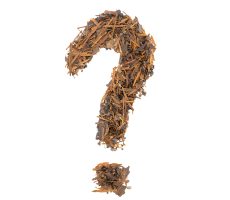Before you try Paud’arco you should know what it is and where it comes from. Pau d’Arco is extracted from the inner bark of the Tabebuia Impetiginosa or Tabebuia Avellanedae trees. These trees are also known as Taheebo trees and are most commonly found in South America and sometimes in Central America. However, you can occasionally find them in Florida as well. Pau darco has been used throughout history by cultures such as the Incas, Aztecs and Indio tribes.
A tea or tincture of Pau d’Arco have been shown to have beneficial effects for those suffering from cancer. Claims have been made that the tea can help alleviate some symptoms of chemotherapy and even result in tumor remission. Dr. Daniel B. Mowrey has conducted extensive research on Pau d’Arco and has stated that “Lapacho has produced clinical anti-cancer effects without side effects.” Lapacho is a derivitave of Pau d’arco.
Pau d’acro can also help fight the fungus Candida Albicans which results in the more commonly know yeast infection. Clinical studies of paudarco have shown a strong ‘in vitro’ effect against many other bacteria, fungi and yeast. In fact research has shown that pau darco exhibits antiviral properties against viruses such as herpes, influenza, polio and others.
Pau d’Arco has even been shown to be antiparisitic and can be effective against many parasites. It has even been shown to be useful as an anit-inflammatory.
The Pau d’Arco bark is dried, shredded and made into a tea which has a slightly bitter taste.

